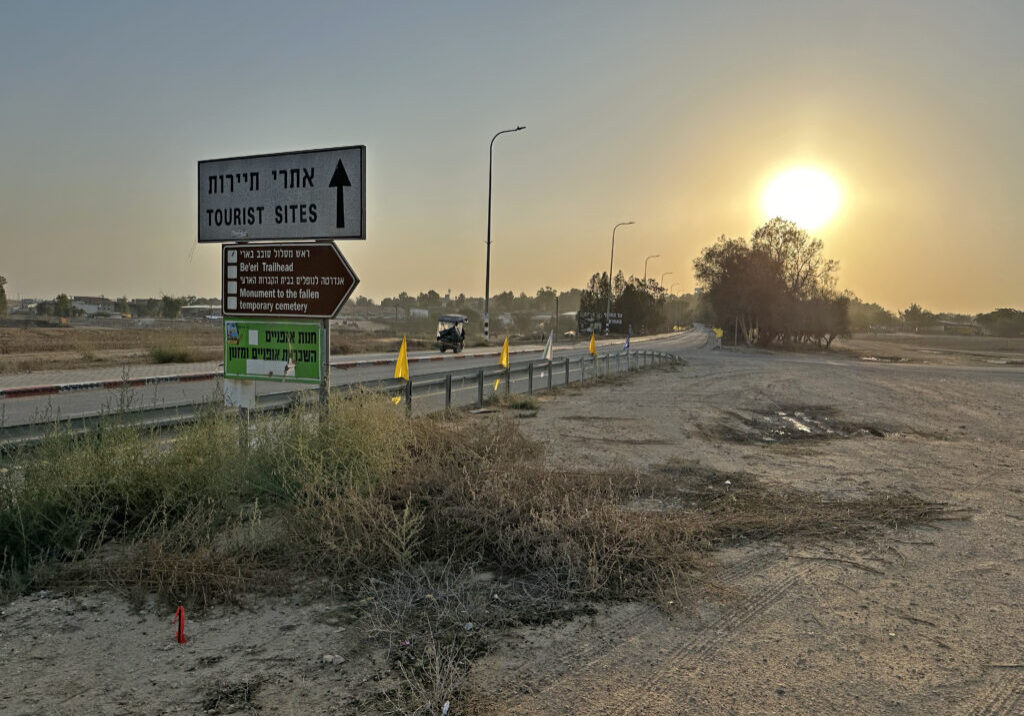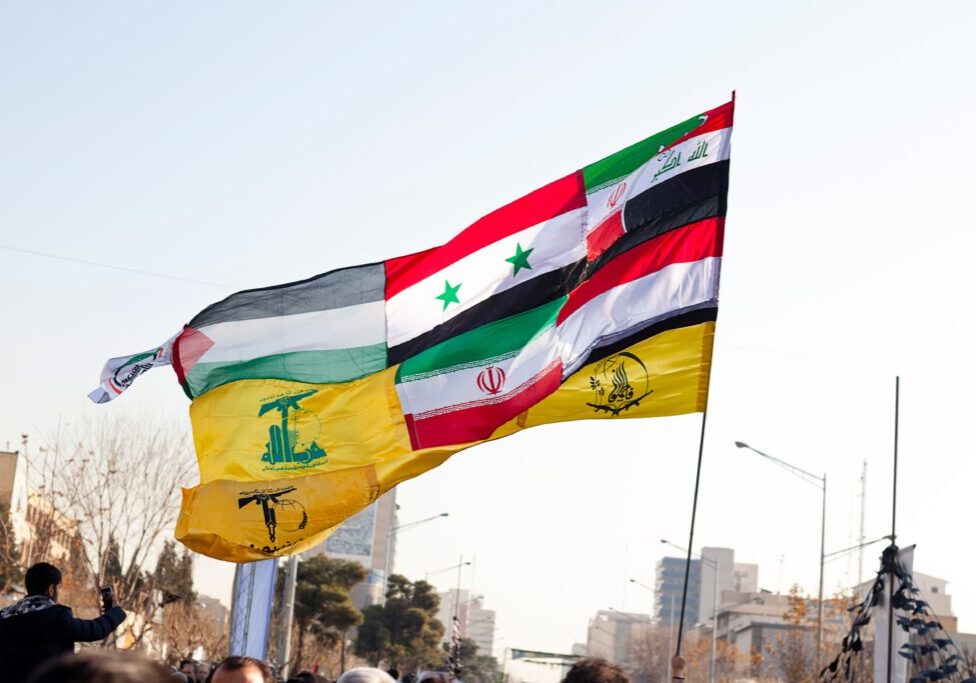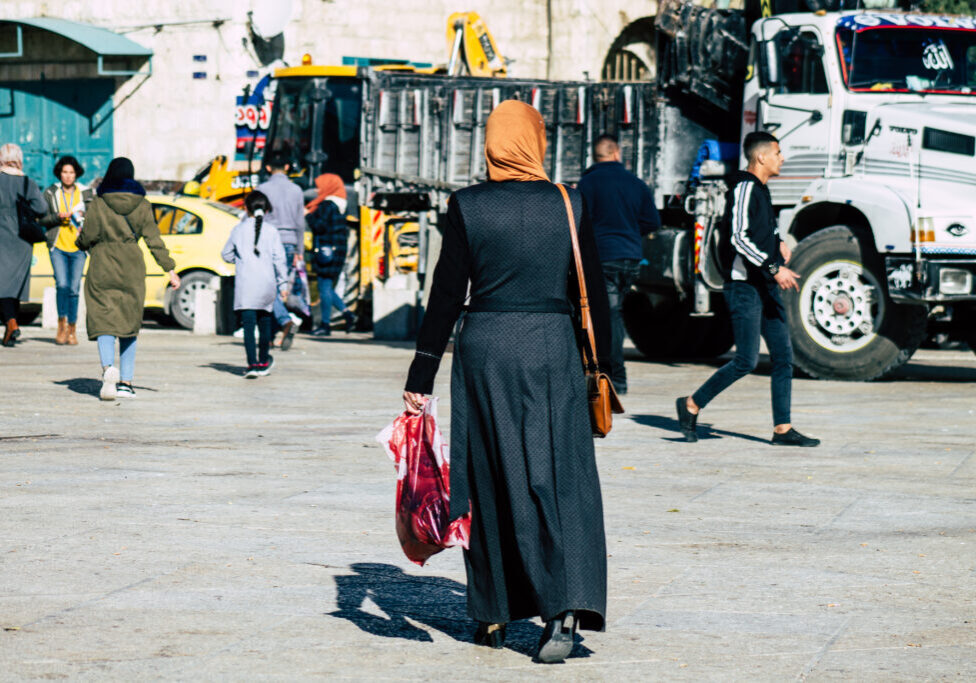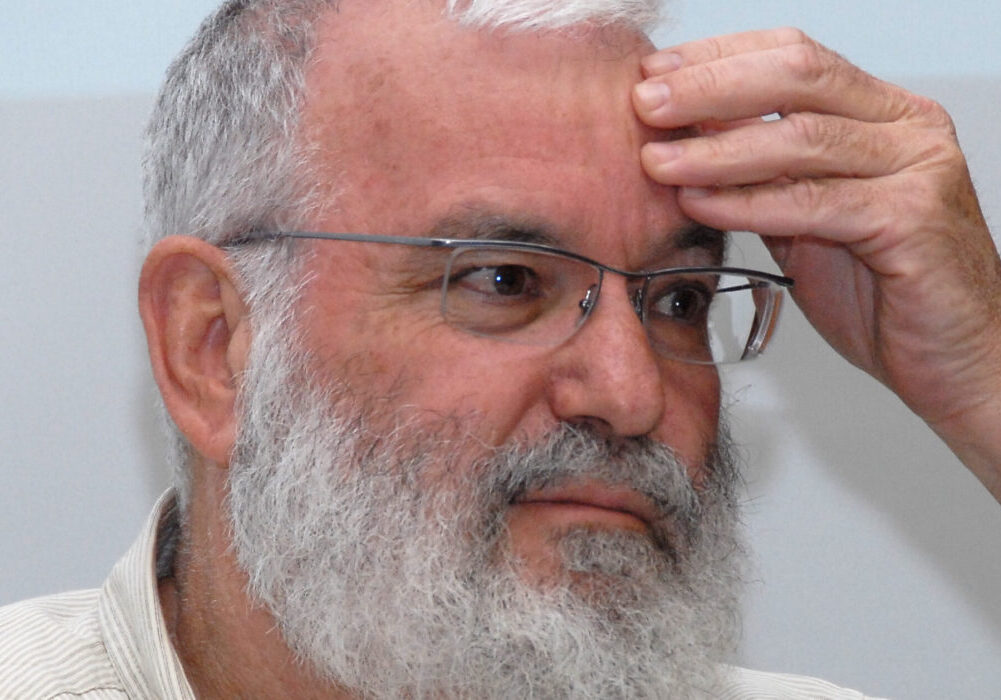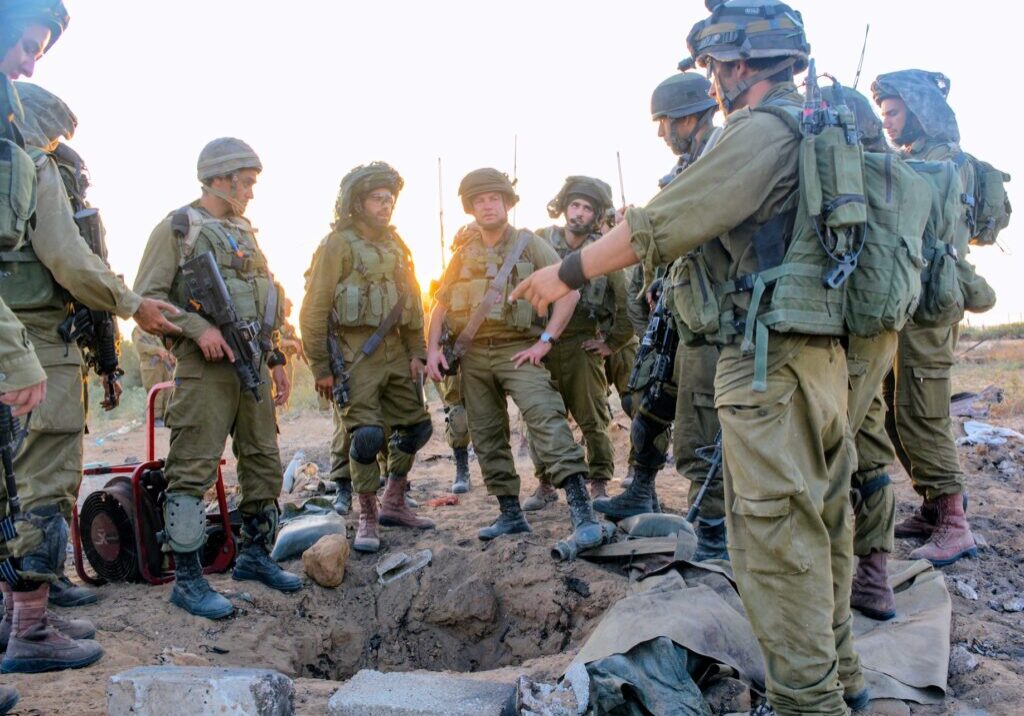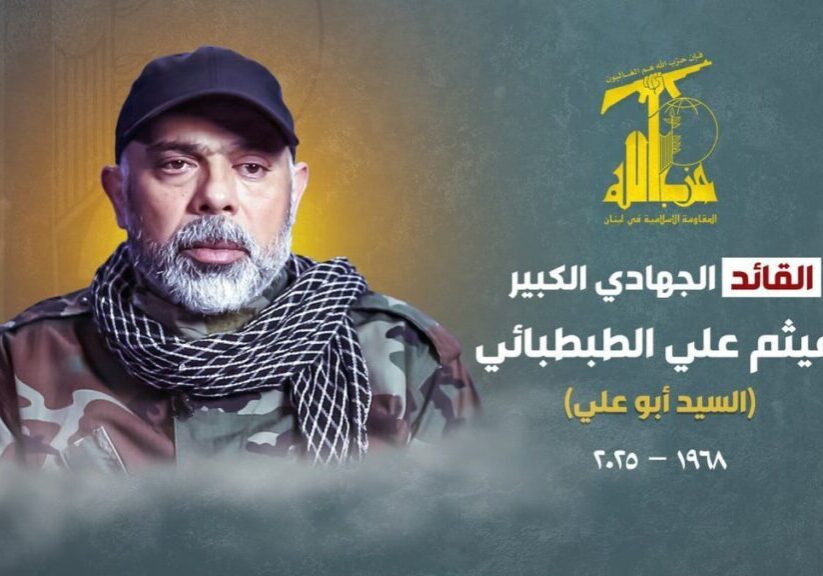Australia/Israel Review
“Gideon’s Chariots”
May 28, 2025 | Ron Ben-Yishai
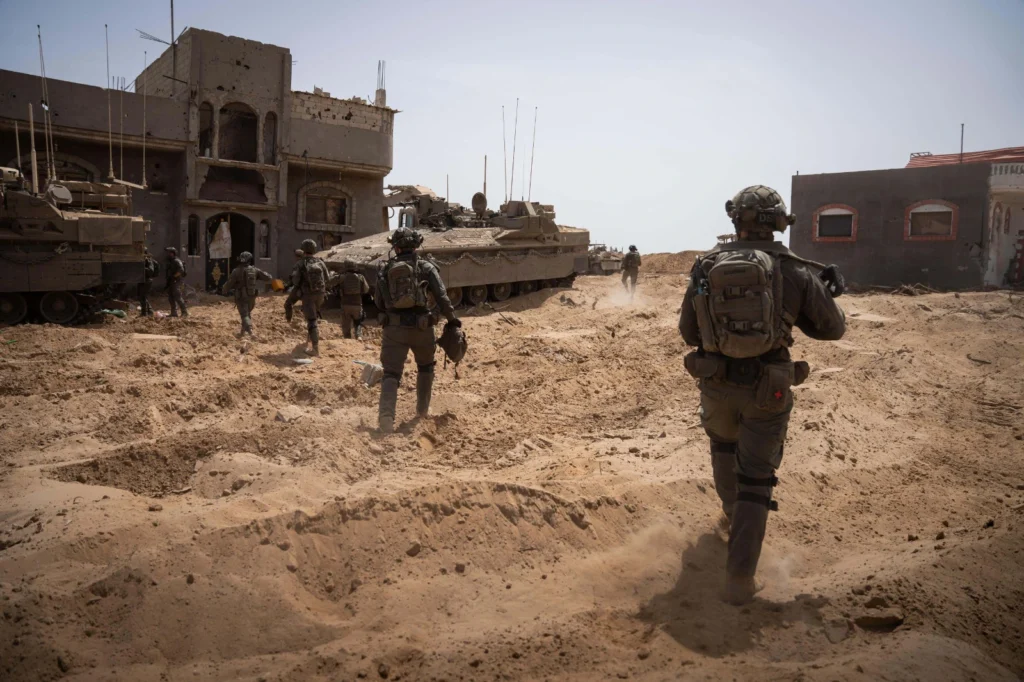
Understanding the IDF’s plans for Gaza
For anyone seeking to understand what the IDF is planning for Gaza in the coming months, it’s best to ignore the voices emanating from the Israeli political system – and instead study the details of “Operation Gideon’s Chariots”. This military campaign, if carried out in full, could endanger the hostages still held by Hamas. However, the plan has been designed to minimise that risk as much as possible.
Operation Gideon’s Chariots is a combined military, civil and diplomatic campaign aimed at achieving two goals simultaneously: first, to pressure Hamas and Islamic Jihad into softening their positions and agreeing to a significant hostage deal under terms acceptable to the Israeli Government. Second, to inflict a severe blow on Hamas’ military capabilities and governmental infrastructure – enabling, on the “day after”, the establishment of a new order in the Gaza Strip.
Under such a prospective arrangement, the terrorist organisation would be effectively disarmed, and its military and civilian leadership in Gaza would be unable to function or control the relatively small terror groups likely to remain scattered throughout the Strip.
Three main phases – the first has already begun
Operation Gideon’s Chariots was planned to unfold in three primary phases. The first involved preparatory measures. The second, which began on May 16, consists of intense preparatory fire from the air and ground, combined with the movement of the majority of Gaza’s civilian population to secure shelters in the Rafah area. The third phase is a ground manoeuvre aimed at gradually taking control of large parts of the Strip and preparing for a prolonged military presence.
The preparatory phase lasted from the Israeli Cabinet’s decision to approve Gideon’s Chariots on May 5 until US President Donald Trump concluded his visit to the Middle East on May 16. During that time, preparations started in the Rafah area for the prolonged stay there of nearly two million Gazans, who are expected to arrive during the second phase.
The area designated for this movement is in the southwestern part of the Strip, between the Morag Corridor and the Philadelphi Route. It is not a contiguous zone but consists of large areas around Rafah that are currently depopulated. The IDF believes that most of the tunnels in the area are no longer usable by Hamas.
The creation of a “sterile” Rafah zone was achieved through a recent operation that severed connections between the Khan Younis and central refugee camps (Deir al-Balah and al-Mawasi) and Rafah – primarily by exposing and demolishing the tunnels linking these areas. That operation was, in fact, preparation for the broader campaign now being planned.
As the second stage continues, Israel, in coordination with an American company, will establish logistical centres where this company will distribute humanitarian aid, including food, medicine, water and sanitation, to Gaza’s civilians. The aid will arrive via the Kerem Shalom crossing, undergo inspection, and be escorted by the IDF along the shortest route to each of the secure zones housing civilians. In each such area, a logistics centre will be set up, staffed by personnel from the American company, which currently also manages the screening of Gazan civilians crossing to and from the northern part of the Strip.
The IDF, in coordination with the Shin Bet, will establish inspection points on the main routes leading to the Rafah safe zones. These “drain points” play a crucial role: preventing Hamas and Islamic Jihad fighters from fleeing future combat zones and using the civilian population as human shields. These checkpoints are intended to conduct strict filtering using advanced technological systems, aimed at severing contact between Hamas leaders and the civilian population, thereby preventing the recruitment of new fighters.
The logistics centres currently under construction in the zones designated for civilian relocation are also meant to deny Hamas the ability to loot aid and sell it to fund its operations.
During the preparatory phase, a limited call-up of reserves took place. These reserve units will likely not enter Gaza, but rather replace regular units stationed along the Syrian and Lebanese borders, which will then be redeployed to the Gaza area in preparation for the eventual start of the ground manoeuvre.
Israel had placed great hopes on US President Trump’s recent Gulf trip and his meetings, especially with Qatar. Israel still hopes Trump will pressure the Qataris to resume active mediation and apply substantial pressure on Hamas’ political leadership to soften its stance on the hostages – and to agree to a deal in which Hamas is disarmed and its leadership dismantled.
Israel still intends to give Hamas leaders in Gaza a chance to reconsider their stance on the hostages and agree to the “Witkoff Plan”, under which some hostages (between five and 11) would be released in two stages, in exchange for ceasefires lasting a month or more. These would preclude the need to continue Gideon’s Chariots.
Intense fire and civilian movement
As the second phase continues, the IDF will call on Gazan civilians across the Strip – including in areas where IDF troops have yet to manoeuvre – to evacuate to secure zones prepared for them. The drain points will be activated at this stage to strictly filter those moving south to Rafah, aiming to prevent, as much as possible, the movement of armed terrorists into the safe zones. This will allow the IDF to combat terrorists remaining in the Strip without risking civilian casualties.
The population movement has two strategic objectives: first, to pressure Hamas to stop fighting; and second, to push many Gazans closer to the border crossings with Egypt and Israel, and the coast, encouraging voluntary emigration and thus helping realise Trump’s vision for Gaza. Israel is currently engaged in intensive negotiations with several countries around the world willing to accept Gazans who wish to emigrate – countries deemed attractive enough to entice such a move.
Distribution of humanitarian aid in Gaza will begin during this phase under the new system, with the IDF securing the aid convoys. The aid volume will be smaller than before the recent complete halt, but Gazans in the new open-air shelters around Rafah will receive all necessities. Trucks will arrive at fortified logistical centres established and secured by the IDF. Aid will be distributed from controlled access points, with monitored routes to residential areas, preventing Hamas from looting food crates. During this phase, the evacuation of sick and wounded individuals from the Strip will also continue.
Combat and prolonged presence: Phase three
In the third phase, the IDF will launch a ground manoeuvre in the evacuated zones, now populated mainly by terrorists from various terror groups.
The objective: sever above-ground and underground links between Hamas and Islamic Jihad battalions and brigades – or what remains of them – and deal with each group separately using forces familiar with the terrain, thus reducing the risks from traps and explosives.
The IDF will act systematically, flattening buildings that could serve as combat shelters and exposing and destroying tunnels that might enable surprise guerrilla attacks. This phase aims to prevent Hamas commanders from relocating forces or reaching safe zones. It will also seek to block the group from controlling its fighters or recruiting new ones, given the absence of humanitarian aid to fund such efforts and the removal of young civilians who could be recruited.
The gradual takeover of territory, severed above and below ground from other areas, will take several months. Forces remaining in the field will block Hamas from resurfacing, systematically eroding terrorist capabilities and the infrastructure, including tunnels and public buildings like schools, used in the fighting.
Hamas’ ‘exit options’ and the levers of pressure
The operational plan includes “exit options” for Hamas during each phase. In the preparatory phase, Israeli officials believed Hamas might agree to a phased hostage release under the “Witkoff Plan” – to prevent the population transfer stage, which Hamas appears to fear greatly. However, this proved not to be the case. The second exit opportunity is before or during the onset of the ground manoeuvres. The third is sometime toward the end of Gideon’s Chariots, before Israel orders the final conquest of the Gaza Strip.
The current plan was prepared by the IDF General Staff, with the Operations Directorate leading the effort. Together with the Shin Bet, Coordination of Government Activities in the Territories(COGAT), Military Intelligence, other military branches, and in coordination with the Americans, three operational plans were developed. IDF Chief-of-Staff Lt. Gen. Eyal Zamir favoured the Gideon’s Chariots plan, but all three were presented to Defence Minister Israel Katz and Prime Minister Binyamin Netanyahu. After their approval, the plans were shown to the cabinet, with Netanyahu and Katz backing Gideon’s Chariots.
Extensive thought, effort and resources were invested in this plan, which employs three pressure levers proven, through the 18 months of fighting, to be highly effective against Hamas’ leadership.
The first lever is the occupation and control of territory, severing remaining Hamas units from one another and systematically destroying combat infrastructure. This includes expanding buffer zones along the Strip’s edges, which also enhances the security of Gaza-adjacent Israeli communities by physically separating them from Gaza.
The second lever, particularly stressful for Hamas, is the civilian movement through drain points into areas unconnected to Hamas’ infrastructure. This not only prevents recruitment but also strips Hamas of its ability to govern civilians.
The third lever – equally troubling for Hamas – is the prevention of aid theft. This denies the group a vital source of funding through the resale of looted humanitarian supplies.
Ron Ben-Yishai is a veteran Israeli military reporter and National Security correspondent for the Israeli daily newspaper Yediot Ahronot and Israeli TV’s Channel 1. © Yediot Ahronot (Ynetnews.com), reprinted by permission, all rights reserved. Additional reporting by AIJAC staff.
Tags: Gaza, Hamas, IDF, Israel, Palestinians

